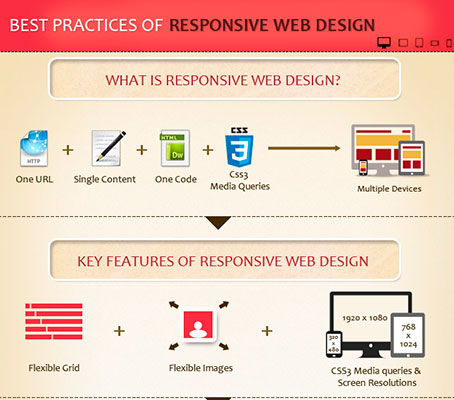The Advancement Of Website Design: From Past To Present
The Advancement Of Website Design: From Past To Present
Blog Article
Web Content Develop By-Booker Lunde
In the past, web sites were basic and concentrated on info. Navigation was straight, and layout was for desktop computers. Now, individual experience is key. Data overviews layouts for simple navigation. Receptive formats suit various tools. Today, dark setting decreases strain, and minimal food selections enhance navigation. Interactive functions involve individuals, and vibrant visuals stick out. AI integration boosts interaction. See how layout has progressed to boost your on the internet trip.
Early Days of Website Design
In the very early days of web design, simpleness reigned supreme. Web sites were standard, with minimal shades, fonts, and formats. The emphasis was on providing information as opposed to fancy visuals. Users accessed the net with slow dial-up links, so rate and functionality were vital.
Navigating food selections were straightforward, commonly located at the top or side of the page. Internet sites were made for home computer, as mobile browsing had not been yet common. Web content was king, and developers prioritized very easy readability over intricate style aspects.
HTML was the primary coding language made use of, and designers needed to work within its restrictions. https://www.prnewswire.com/news-releases/digital-marketing-market-to-be-valued-at-460-billion-by-2022-says-beroe-inc-301497636.html and interactive features were marginal contrasted to today's criteria. Web sites were static, with little vibrant web content or customized individual experiences.
Rise of User-Focused Style
With the development of internet site layout, a change in the direction of user-focused layout concepts has ended up being progressively prominent. Today, creating sites that prioritize individual experience is critical for engaging site visitors and attaining organization objectives. User-focused design entails understanding the requirements, choices, and habits of your target audience to tailor the internet site's design, content, and includes accordingly.
Designers currently carry out comprehensive research, such as customer surveys and functionality screening, to collect understandings and feedback directly from customers. This data-driven method aids in developing intuitive navigation, clear calls-to-action, and visually appealing user interfaces that resonate with visitors. By placing the customer at the center of the layout process, internet sites can provide a more customized and enjoyable experience.
Responsive layout has actually likewise become a crucial facet of user-focused design, making sure that web sites are maximized for different gadgets and screen sizes. This versatility boosts ease of access and use, accommodating the diverse ways individuals engage with sites today. Fundamentally, the surge of user-focused style indicates a shift in the direction of developing digital experiences that prioritize the requirements and expectations of the end customer.
Modern Trends in Web Design
Discover the current fads shaping website design today. One prominent fad is dark setting layout, offering a streamlined and modern appearance while lowering eye stress in low-light settings. An additional vital pattern is minimal navigating, streamlining food selections and boosting user experience by concentrating on essential elements. Integrating micro-interactions, such as animated buttons or scrolling impacts, can develop an extra interesting and interactive website. Receptive layout stays crucial, making sure seamless user experiences throughout different gadgets. Additionally, utilizing strong typography and unbalanced formats can include visual rate of interest and draw attention to specific content.
Incorporating AI technology, like chatbots for consumer assistance or tailored suggestions, improves user engagement and enhances processes. Availability has likewise become a considerable trend, with designers focusing on inclusive style practices to deal with diverse customer needs. Accepting sustainability by enhancing site performance for speed and efficiency is another arising fad in web design. Working together with user comments and data analytics to repeat and boost design constantly is essential for remaining appropriate in the ever-evolving digital landscape. By accepting these modern-day trends, you can create a visually enticing, straightforward site that reverberates with your audience.
Verdict
As you review the development of internet site design from the very early days to now, you can see exactly how user-focused design has become the driving force behind modern trends.
Embrace the journey of modification and adjustment in web design, always maintaining the individual experience at the forefront.
Keep present with the latest patterns and modern technologies, and never ever stop developing your approach to create visually sensational and easy to use sites.
Progress, adapt, and produce - the future of website design remains in your hands.
